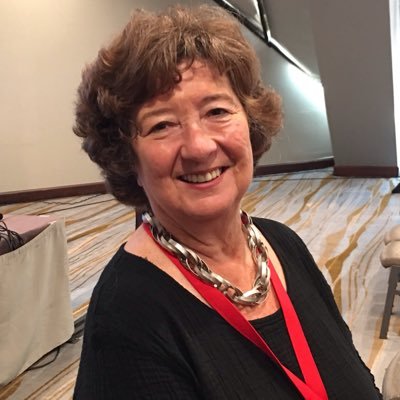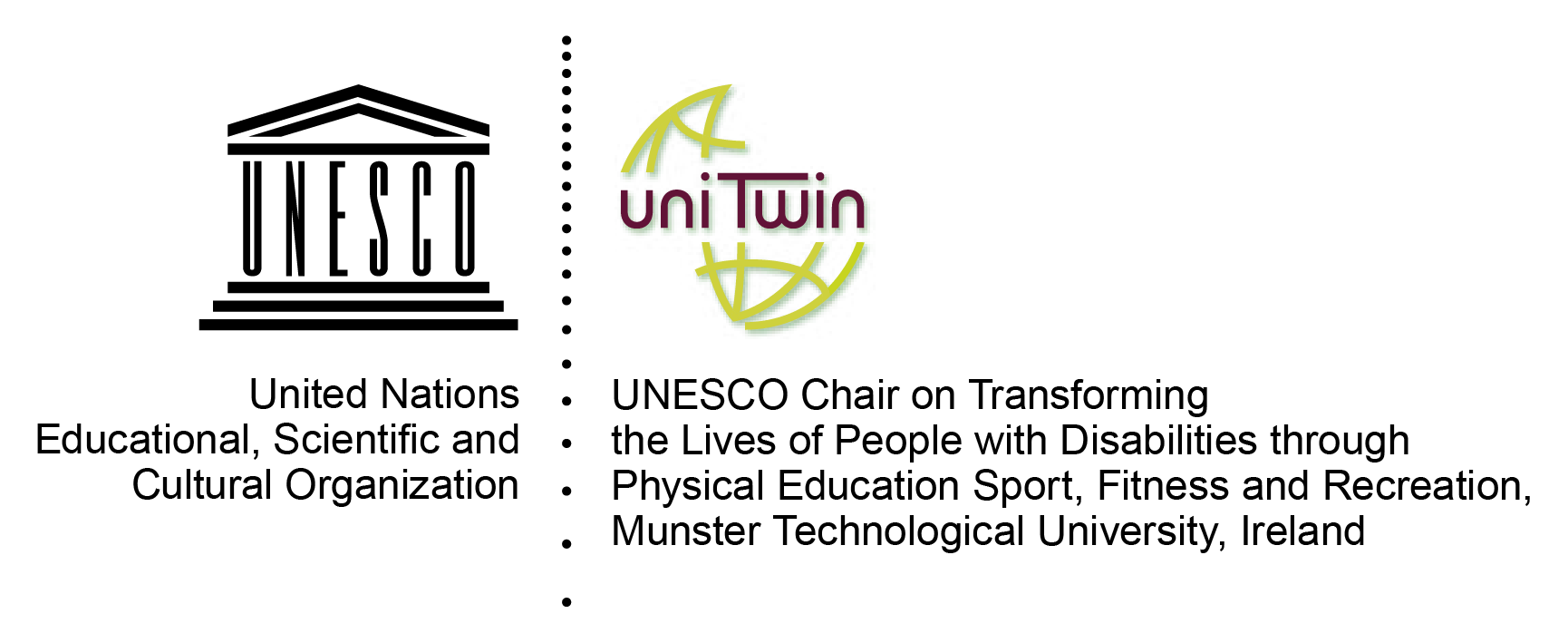After more than 40 years working with and for people with disabilities in over a dozen countries, I do see some major indications of progress, but not nearly enough to feel that we have achieved inclusion. This varies from country to country and with the type of impairment.
One group of people who have been the focus of my attention for most of my 40 years are children and adults with complex communication difficulties. When thinking of access and inclusion most people think of the physical barriers, for example, a health clinic is inaccessible for wheelchair users if it has steps and narrow doorways. It’s relatively easy to identify these once aware and in consultation with people with disabilities. However, communications can also cause difficulty for those with communication, sensory and intellectual impairments.
Effective communication occurs when the intent and meaning of one person is understood by another person. The form is less important than the successful understanding of the message. Communication can take many forms such as speech, a shared glance, text, gestures, facial expressions, touch, sign language, symbols, pictures, speech-generating devices, etc. Everyone uses multiple forms of communication, based upon the context and our communication partner.
For many people with complex communication difficulties, the field of augmentative and alternative communication (AAC) has provided significant breakthroughs over the past four decades. AAC is a set of tools and strategies that an individual uses to solve everyday communicative challenges.
One of the most famous users of AAC is the late Stephen Hawking. The Lucasian Professor of Mathematics at the University of Cambridge and author of ‘A Brief History of Time’, Hawking communicated through ‘the computer’, using a speech-generating device (SGD) or a voice output communication aid.
There are many people in the world who would benefit from similar interventions. Some very low tech and inexpensive. My experience is that this whole group of people are largely unidentified or misdiagnosed in many countries especially low-income countries where trained personnel are in short supply The adoption of the Washington Group Questions into national census(es) and sports monitors is an ideal way to begin the process of identification and intervention.
In higher income countries, such as Canada, other significant areas have come to the attention of those interested in AAC. One in particular is related to challenges in the justice system for AAC users. The Communication Disabilities Access Canada (CDAC) offers a host of useful resources Such as a guide to help people with complex communication disabilities over the significant barriers when they become involved in the justice system
35 years ago a group of interested people got together to form an organization to support the development of AAC. The International Society for Augmentative and Alternative Communication (ISAAC) was founded in 1983. ISAAC’s goal is to create worldwide awareness about how AAC can help individuals without speech. ISAAC accomplishes this by sharing information and promoting innovative approaches to research, technology and literacy through AAC. Activities include hosting the ISAAC biennial conference, sponsoring projects, and offering awards and scholarships.
Further Reading
- The International Society for Augmentative and Alternative Communication
- Communication Disabilities Access Canada
 Penny Parnes
Penny Parnes
International Centre for Disabilities and Rehabilitation
University of Toronto
Toronto, Canada.
